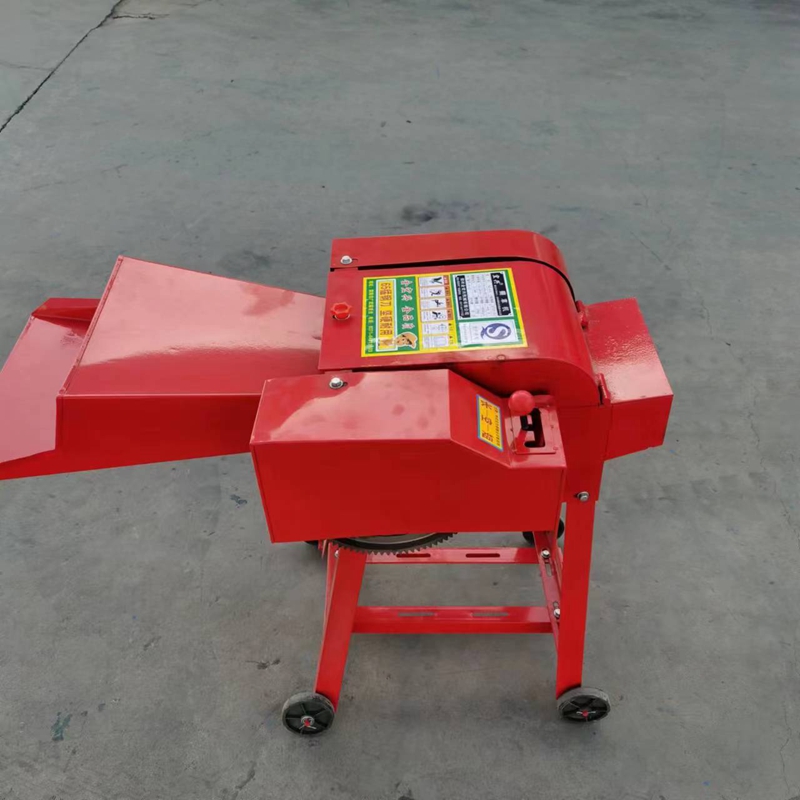exhaust fan for poultry
Nov . 22, 2024 12:35 Back to list
exhaust fan for poultry
Exhaust Fans for Poultry Enhancing Air Quality and Animal Welfare
In the poultry industry, maintaining optimal environmental conditions is crucial for the health and productivity of birds. One of the most effective tools for achieving this is the use of exhaust fans. These fans play a pivotal role in regulating air quality, temperature, and humidity within poultry houses, ultimately contributing to better animal welfare and improved production outcomes.
Importance of Ventilation
Ventilation is the process of exchanging stale air for fresh air, which is vital for any poultry operation. The respiratory system of birds is sensitive; poor air quality can lead to respiratory diseases, reduced growth rates, and lower egg production. High levels of ammonia, carbon dioxide, and humidity can accumulate in a poultry house if there is insufficient ventilation. These conditions not only compromise animal health but can also lead to higher mortality rates and increased production costs.
Exhaust fans help to mitigate these issues by effectively removing stale air from the poultry house and replacing it with fresh air from outside. This exchange is essential for maintaining optimal health and productivity levels among birds.
How Exhaust Fans Work
Exhaust fans are designed to pull air out of a poultry building and create negative pressure, allowing fresh air to enter from external sources. These fans can be strategically positioned throughout the facility to ensure even airflow and prevent dead spots.
There are various types of exhaust fans available, including belt-drive and direct-drive models. Belt-drive fans are typically more powerful and can move larger volumes of air, making them suitable for larger facilities. Conversely, direct-drive fans are often quieter and require less maintenance, making them ideal for smaller operations.
Benefits of Using Exhaust Fans
The primary benefits of using exhaust fans in poultry houses include
exhaust fan for poultry

1. Improved Air Quality By continuously removing contaminated air, exhaust fans create a healthier environment for birds. This leads to lower instances of respiratory diseases, promoting better overall health.
2. Temperature Control During hot seasons, exhaust fans help lower indoor temperatures by exhausting warm air, thereby enhancing the comfort of the birds. Comfortable birds tend to eat more and produce better yields, whether for meat or eggs.
3. Humidity Regulation High levels of humidity can lead to condensation, promoting the growth of harmful bacteria and pathogens. Exhaust fans help maintain appropriate humidity levels, ensuring a drier environment.
4. Increased Productivity Healthy birds are productive birds. Proper ventilation systems, including exhaust fans, have been shown to enhance weight gain in broilers and improve egg production rates in layers.
5. Energy Efficiency Modern exhaust fans are designed to operate efficiently, consuming less energy while providing optimal airflow. Some systems can even be integrated with thermostats and sensors to adjust fan speed based on environmental conditions, maximizing energy savings.
Choosing the Right Exhaust Fan
When selecting exhaust fans for a poultry operation, several factors should be considered. The size of the fan should match the dimensions of the poultry house and the number of birds housed. Additionally, energy efficiency ratings and noise levels are important, especially in operations where maintaining a peaceful environment is critical.
The design and placement of the exhaust fans are also crucial. Ensuring proper airflow throughout the poultry house will maximize the effectiveness of the ventilation system.
Conclusion
In conclusion, exhaust fans are a vital component of modern poultry management. They help maintain the delicate balance of air quality, temperature, and humidity, all of which are essential for the health and productivity of poultry. By investing in high-quality exhaust fans and ensuring proper installation and maintenance, poultry producers can significantly enhance their operational efficiency, improve animal welfare, and ultimately, increase profitability. As the industry continues to evolve, the adoption of innovative ventilation solutions will remain a key factor in the success of poultry operations worldwide.
-
Automatic Feeding Line System Pan Feeder Nipple Drinker|Anping County Yize Metal Products Co., Ltd.
NewsJul.30,2025
-
Automatic Feeding Line System - Anping Yize|Pan Feeder,Nipple Drinker
NewsJul.30,2025
-
Automatic Feeding Line System - Anping County Yize Metal Products Co., Ltd.|Pan Feeder, Nipple Drinker
NewsJul.30,2025
-
Automatic Feeding Line System-Poultry Farming|Chicken Feeding&Watering
NewsJul.30,2025
-
Automatic Feeding Line System - Anping County Yize Metal Products Co., Ltd.|Pan Feeder Nipple Drinker,Broiler Farming
NewsJul.30,2025
-
Automatic Feeding Line System Pan Feeder Nipple Drinker-Anping County Yize Metal Products Co., Ltd.
NewsJul.30,2025






